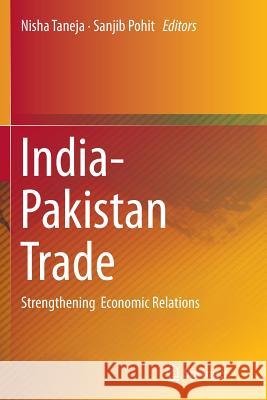India-Pakistan Trade: Strengthening Economic Relations » książka
topmenu
India-Pakistan Trade: Strengthening Economic Relations
ISBN-13: 9788132229513 / Angielski / Miękka / 2016 / 347 str.
Kategorie:
Kategorie BISAC:
Wydawca:
Springer
Język:
Angielski
ISBN-13:
9788132229513
Rok wydania:
2016
Wydanie:
Softcover Repri
Ilość stron:
347
Waga:
5.56 kg
Wymiary:
23.5 x 15.5
Oprawa:
Miękka
Wolumenów:
01
Dodatkowe informacje:
Wydanie ilustrowane











